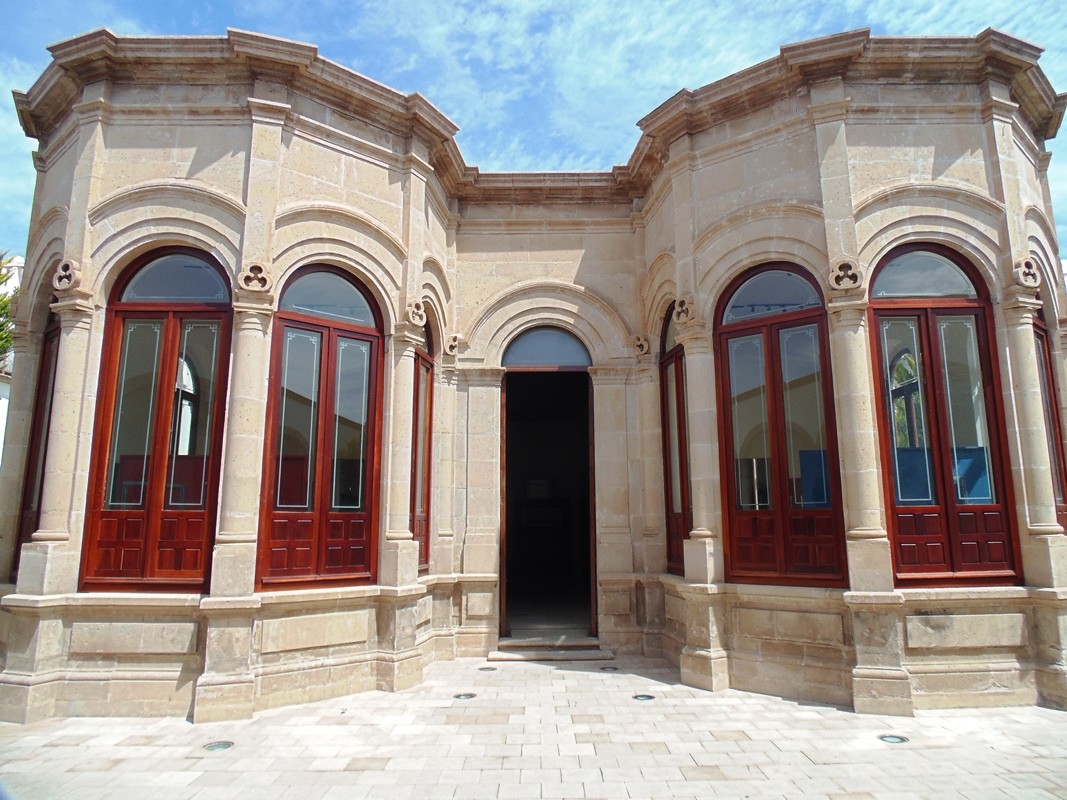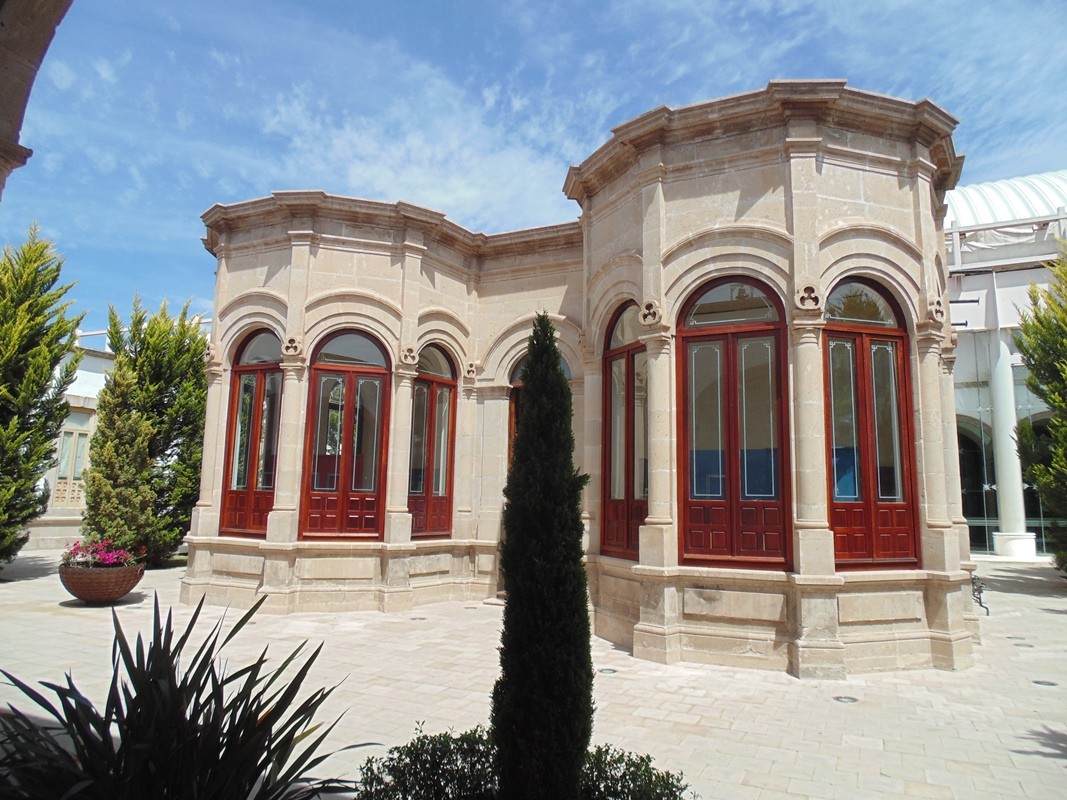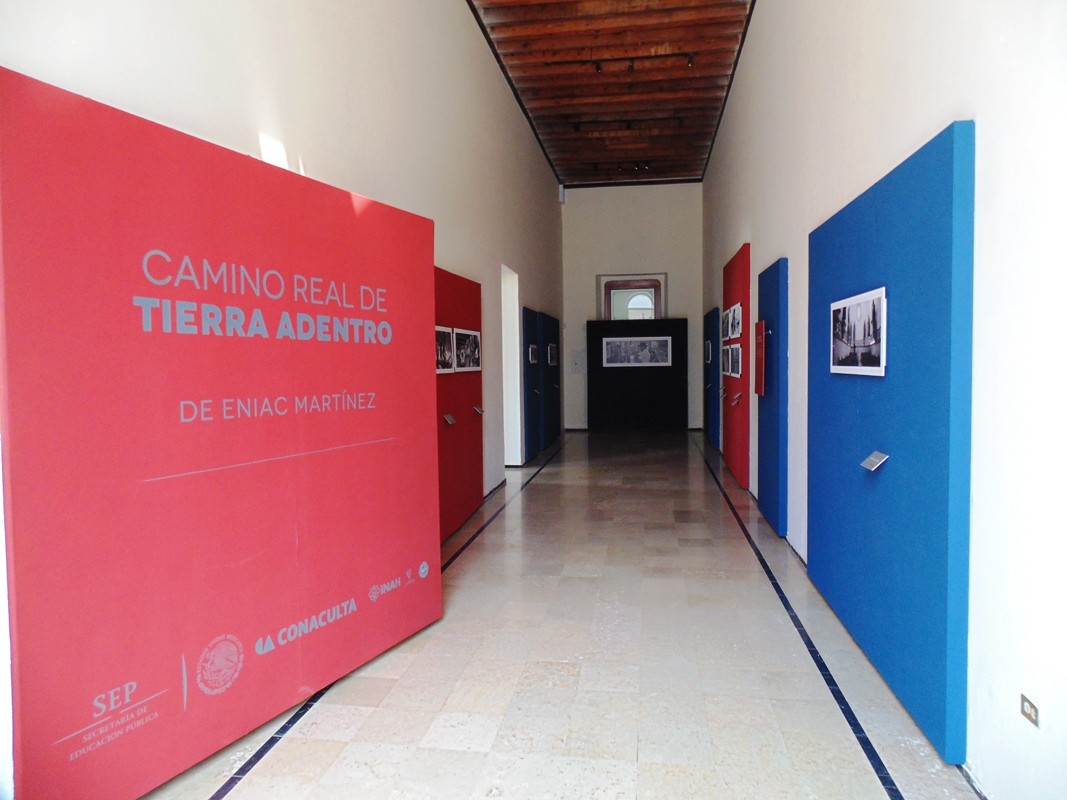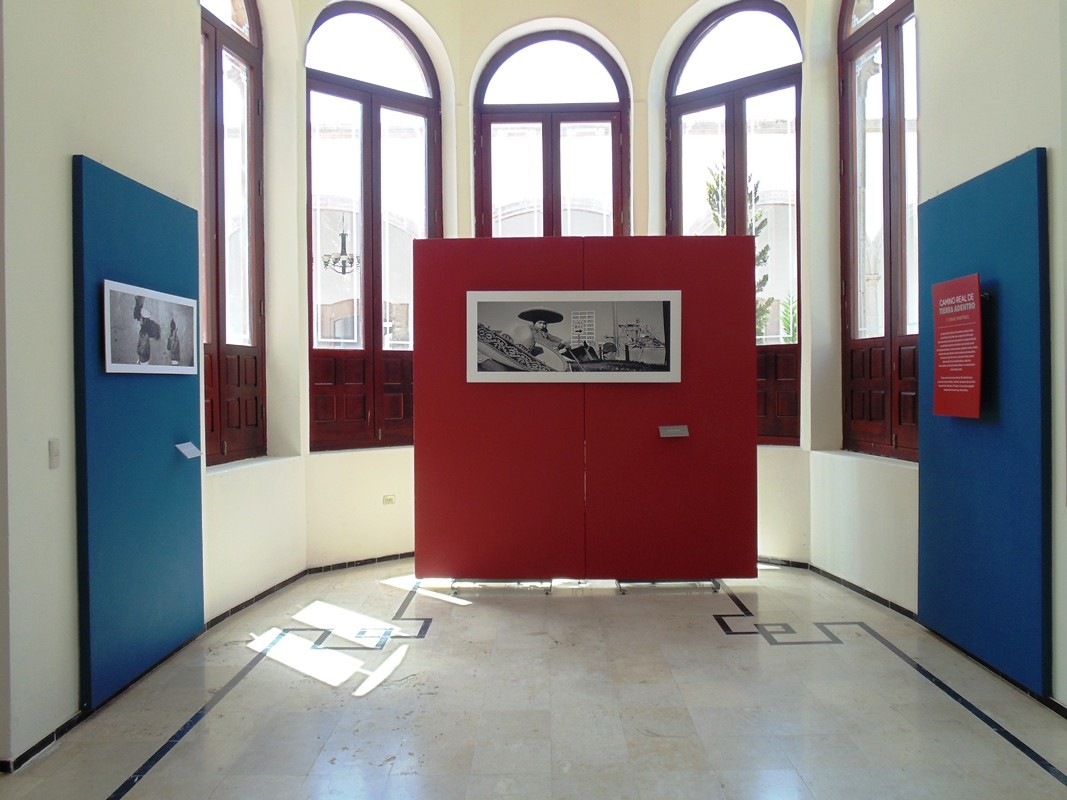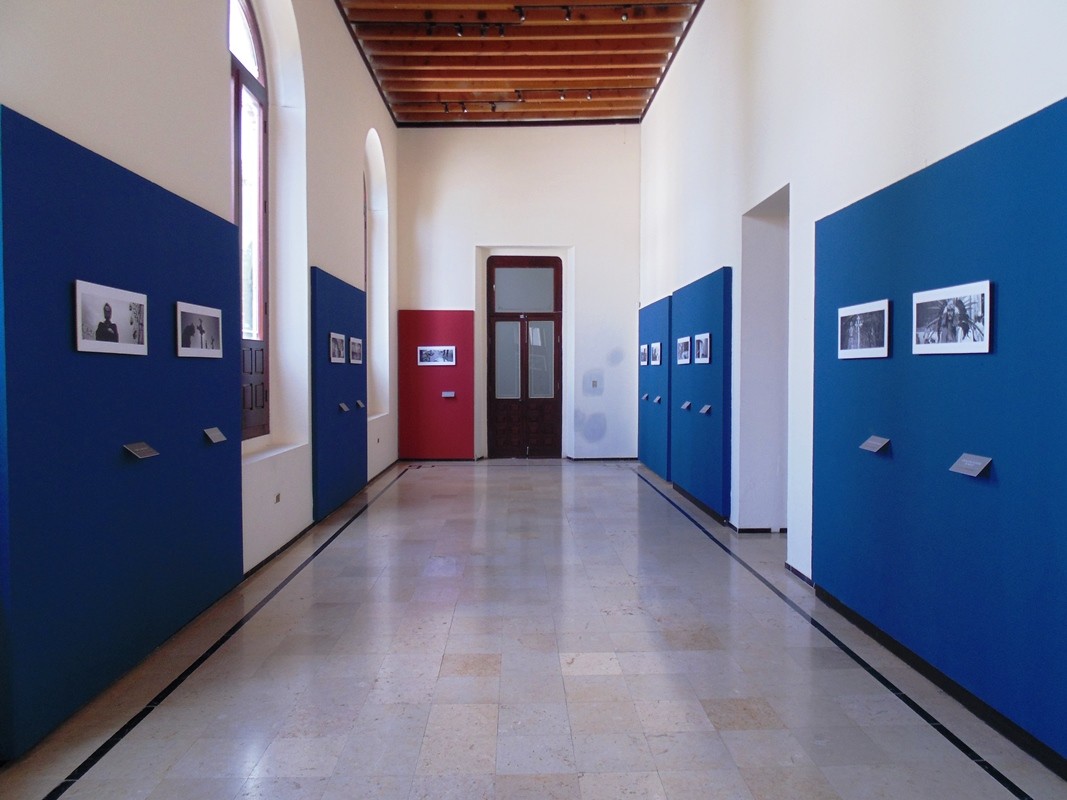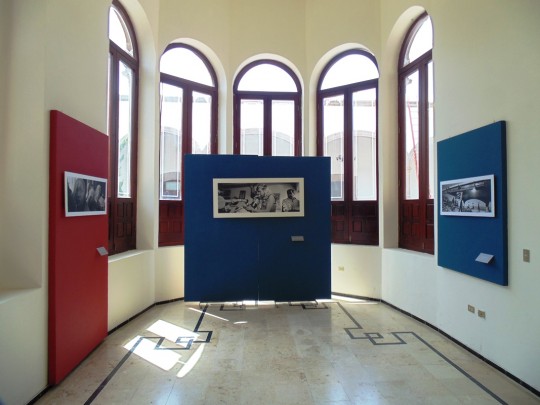The museum, galleries and offices of the INAH’s Durango regional center are located in the Conjunto Cultural Durango, a government-run cultural center that also houses the Durango Cultural Institute (ICED), the Museum of the Revolution and the Arrieta Brothers, the Gallery of Religious Art and the Rafael Trujillo Film Museum.
Originally planned as a state hospital, construction of this complex began in 1899, but the presidential crisis and Mexican Revolution prevented its completion due to a budgetary shortfall. The unfinished building was then used as an army barracks and stables for the cavalry until 1916, when some areas were converted into classrooms. Later, in 1938, the state established the “Juana Villalobos” boarding school for children from poor families.
During the state governorship of Maximiliano Silerio Esparza, the monumental building was converted into the Durango Cultural Center, and after May 6, 1999, into the Durango State Cultural Institute—its current official title. Built in a Neoclassic architectural style, notable for its arched columns, the complex consists of a total of 19 buildings, 16 of which are part of the original project and the remainder added later in the twentieth century. The property covers a total area of 15 acres and has a built size of 95,000 square feet. The Durango State Cultural Institute was declared a heritage monument by the National Institute of Anthropology and History in 1982. The INAH Durango Center has two galleries: the first contains the permanent exhibition, with an important collection on the Chalchihuite culture; the second is used for temporary exhibits for local citizens of Durango to learn about northern Mexico’s history and culture.
Colonia Silvestre Dorador, C.P. 34070,
Durango, Durango, México.
-
+52 (618) 128 6004 ext. 188000
-
This email address is being protected from spambots. You need JavaScript enabled to view it.

